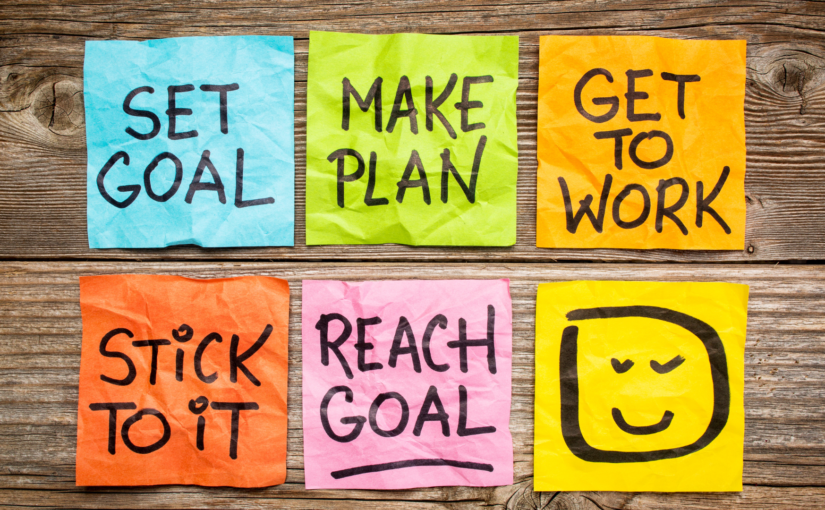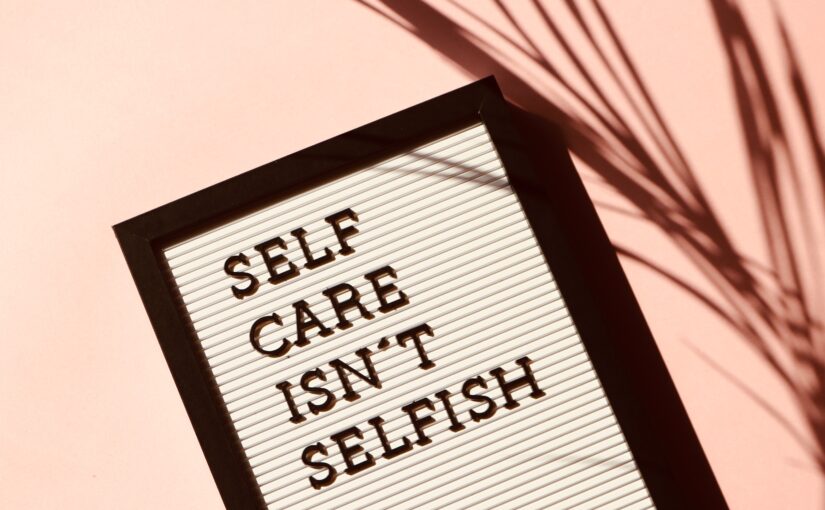As the year comes to a close and we start considering the new year, it’s a good time to consider implementing new habits. In this article, we will discuss 25 healthy habits to track in the New Year. Tracking your progress can be a helpful way to stay motivated and on track.
Here Are 25 Healthy Habits To Track In The New Year
1) Exercise
Whether you’re aiming to increase the frequency or intensity of your workouts, tracking your progress can help you stay on track. In addition, tracking will help you see what improvements you have made in your chosen exercise.
2) Sleep
In the past ten years, study after study has shown that sleep is underrated. Getting enough quality sleep is essential for good health. Tracking how much sleep you’re getting each night can help you ensure you’re getting the rest you need. And if you aren’t, it can help you see the pattern you might be able to improve to get better quality sleep
3) Water intake
Staying hydrated is important for overall health and well-being. Tracking your water intake can help you make sure you’re drinking enough water each day.
4) Fruit and vegetable intake
Eating plenty of fruits and vegetables is important for good health. Tracking your intake can help you ensure you’re getting the nutrients you need. You may also find it helpful to track the types of fruits and vegetables you are eating and consider adding a wider variety to your diet.
5) Weight
Whether you are trying to lose, gain or maintain your weight, tracking your weight can help you monitor your health and fitness progress.
6) Body fat percentage
Tracking your body fat percentage may help you monitor your fitness progress and ensure you’re losing fat, not muscle. This one has become a bit controversial in the past several years. Consult your doctor if you are unsure.
7) Waist circumference
Tracking your waist circumference can help you monitor your risk for obesity-related health conditions.
8) Blood pressure
Tracking your blood pressure can help you monitor your cardiovascular health.
9) Glucose levels
Tracking your blood sugar levels can help you manage diabetes or prediabetes. The number of people who have diabetes without being aware is rising every year. Knowing your risk is a great first step toward avoiding diabetes.
10) Cholesterol levels
Tracking your cholesterol levels can help you monitor your cardiovascular health and risk for heart disease.
11) Steps taken
Tracking the number of steps you take each day can help you increase your physical activity level. It is amazing how a whole day can go by without standing up from your desk. Use a step counter to make sure you are getting enough movement throughout your day.
12) Calories consumed
Tracking the calories you consume each day can help you monitor your diet and ensure you’re not eating too much. Most people are surprised to find how many calories they consume in a day.
13) Protein intake
Tracking your protein intake can help you ensure you’re getting enough of this important nutrient.
14) Carbohydrate intake
Tracking your carbohydrate intake can help you monitor your diet and blood sugar levels.
15) Fiber intake
Tracking your fiber intake can help you ensure you’re getting enough of this important nutrient. Eating more fiber leads to health benefits.
16) Fat intake
Tracking your fat intake can help you monitor your diet and ensure you’re not eating too much.
17) Alcohol consumption
Tracking your alcohol can help you monitor your drinking and ensure you’re not over-consuming.
18) Caffeine consumption
Tracking your caffeine consumption can help you monitor your intake and ensure you’re not drinking too much. Too much caffeine may cause health problems, such as restlessness and shakiness, insomnia, headaches, and other symptoms.
19) Smoking
Tracking your smoking can help you monitor your habit and track your progress if you’re trying to quit.
20) Stress levels
Tracking your stress levels can help you identify when you’re feeling overwhelmed. By identifying these stressors, you will be able to find ways to manage or cope better.
21) Mood
Tracking your mood can help you identify mood patterns and help you find ways to improve your emotional well-being.
22) Productivity
Tracking your productivity can help you identify when you’re most productive and help you find ways to increase your productivity during those certain hours of the day.
23) Social interaction
Tracking your social interaction can help you identify when you’re feeling lonely and help you find ways to connect with others. After COVID, many people are still trying to find ways to reconnect socially. Tracking may help.
24) Hobbies
Tracking your hobbies can help you find balance in your life and ensure you’re making time for things you enjoy.
25) Goals
Tracking your goals can help you stay on track and actually achieve them.








